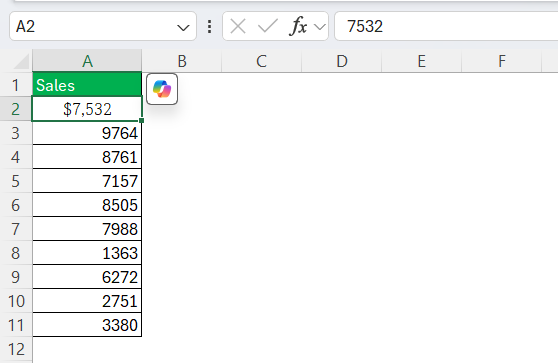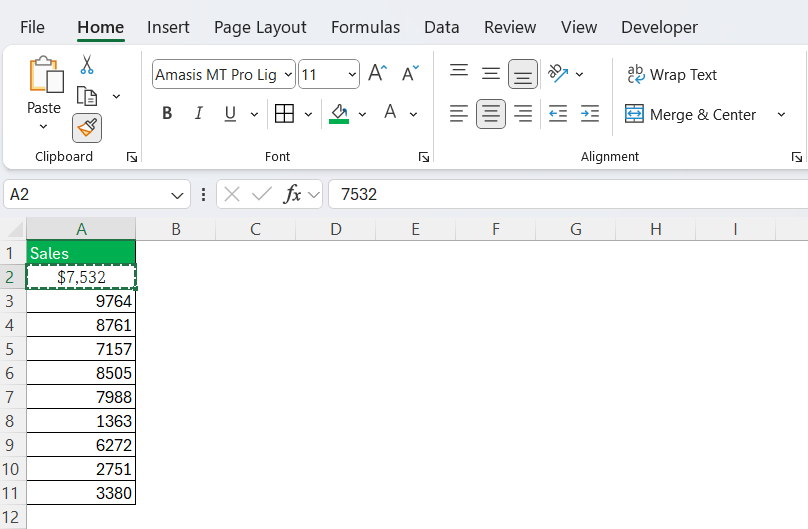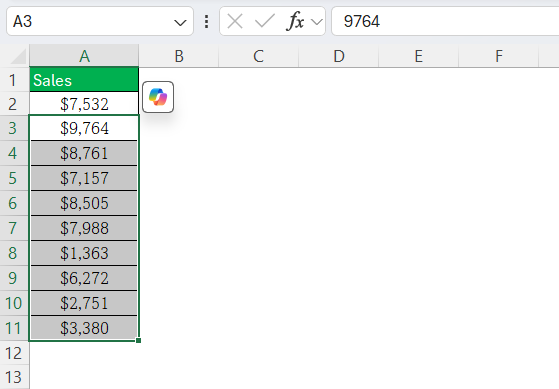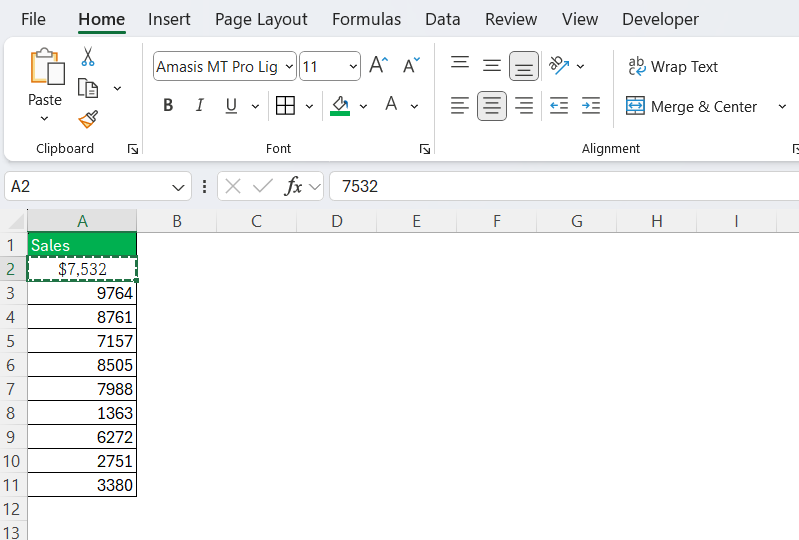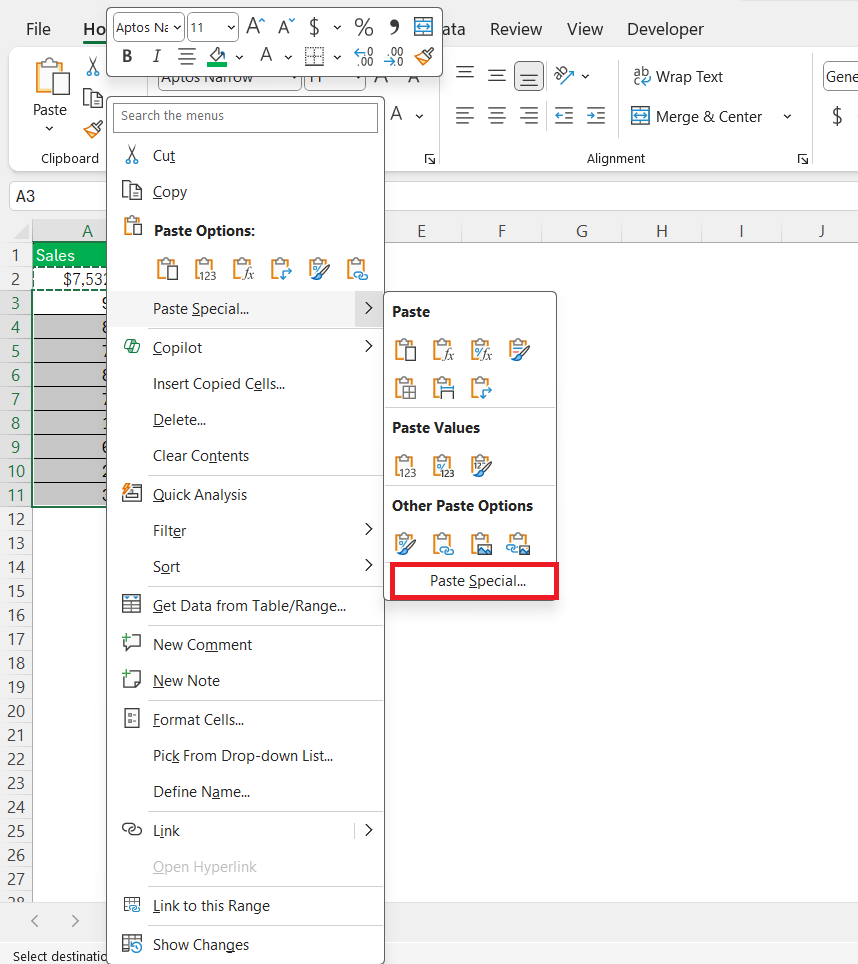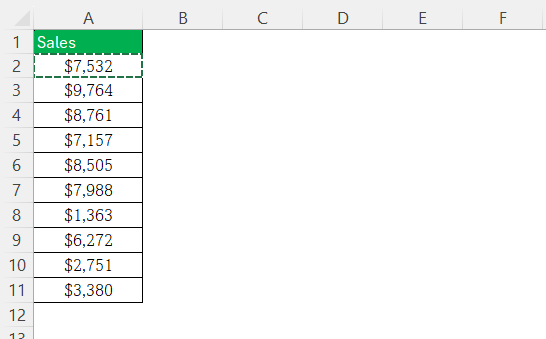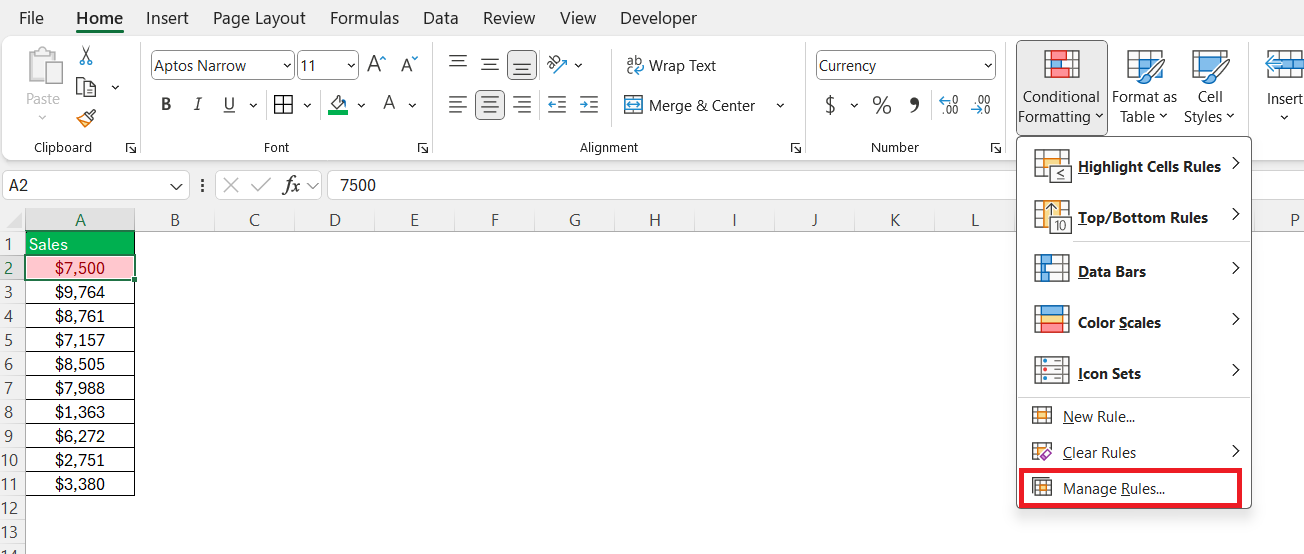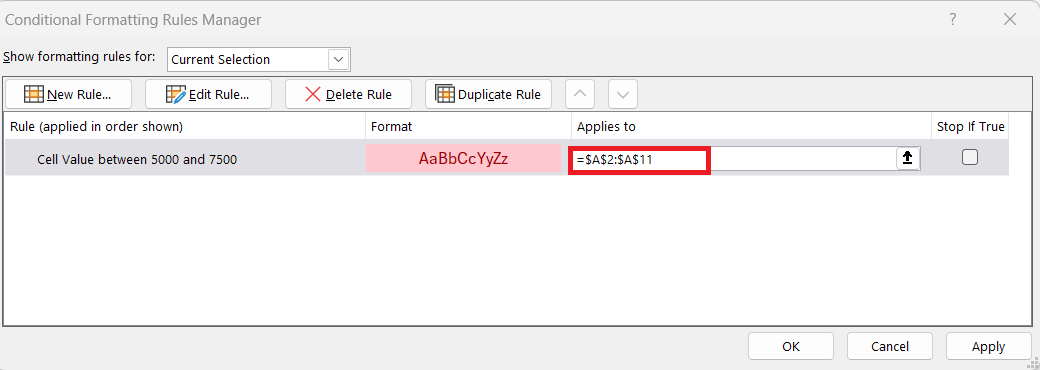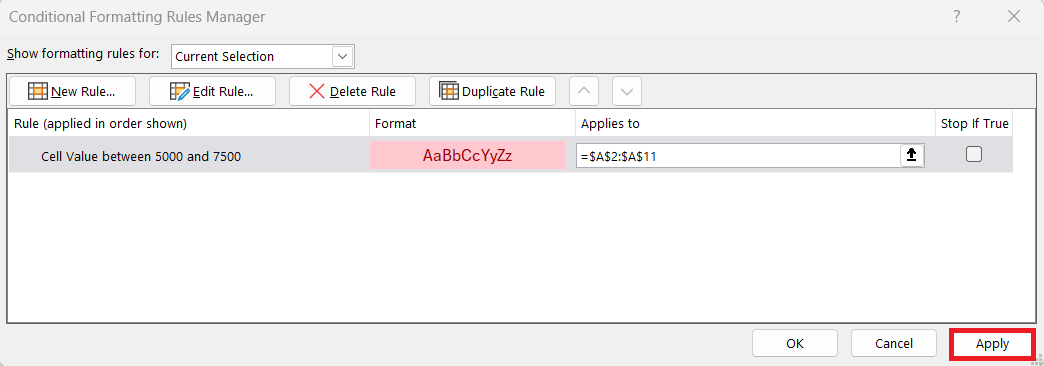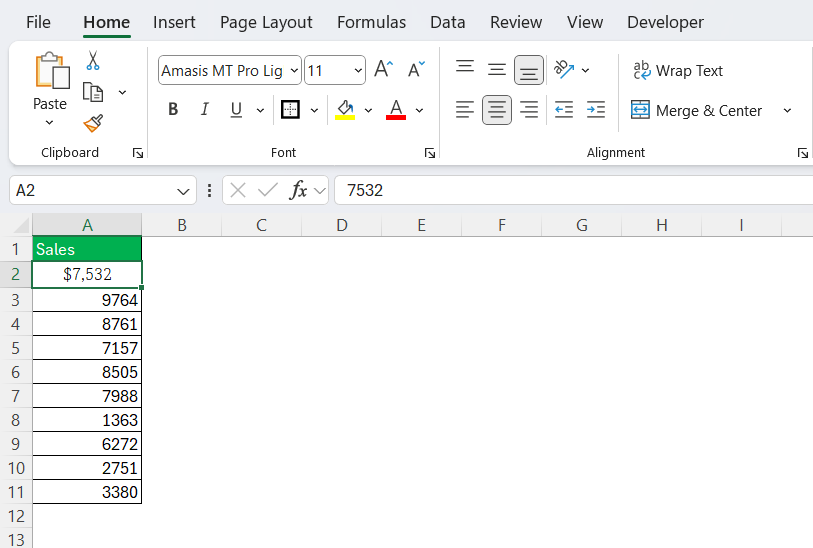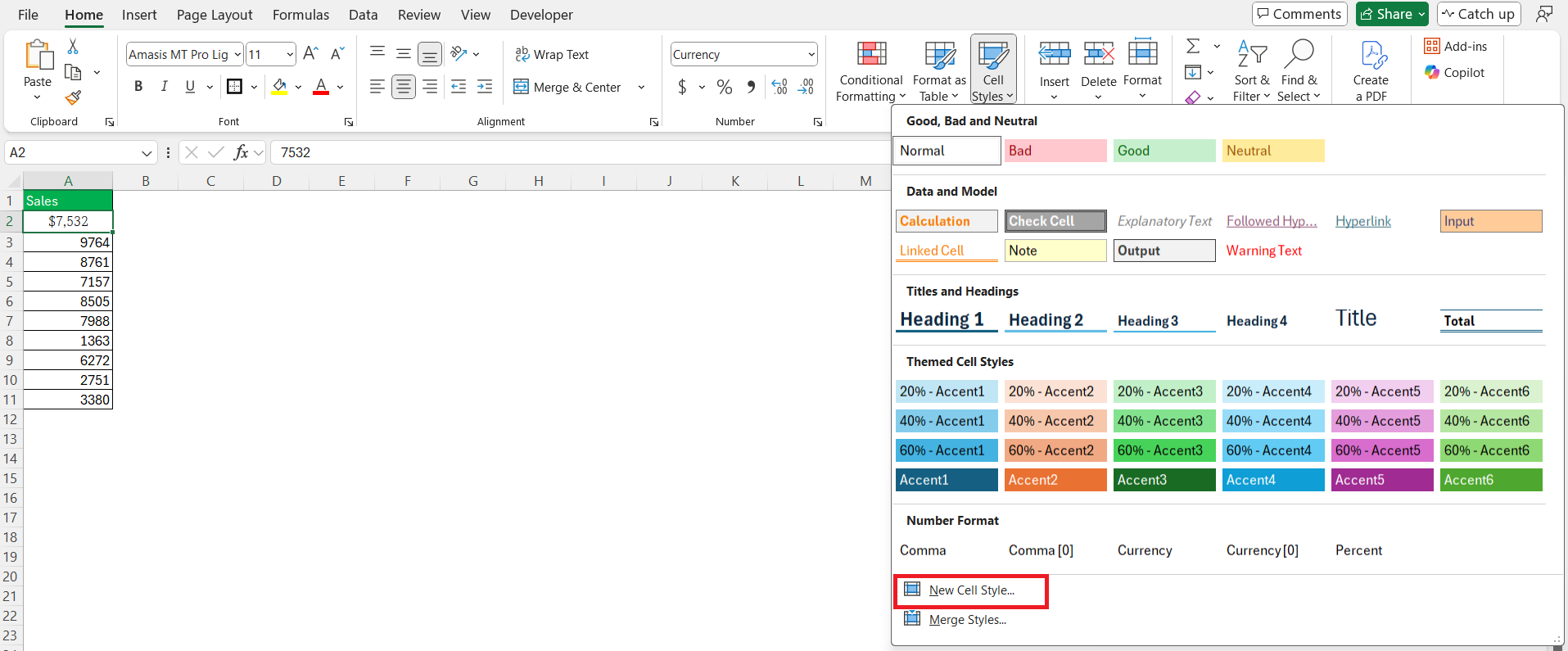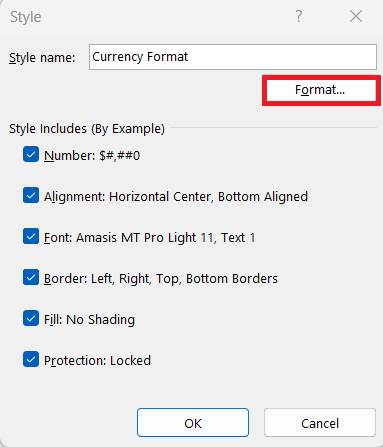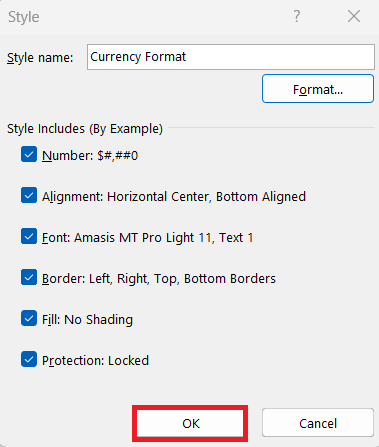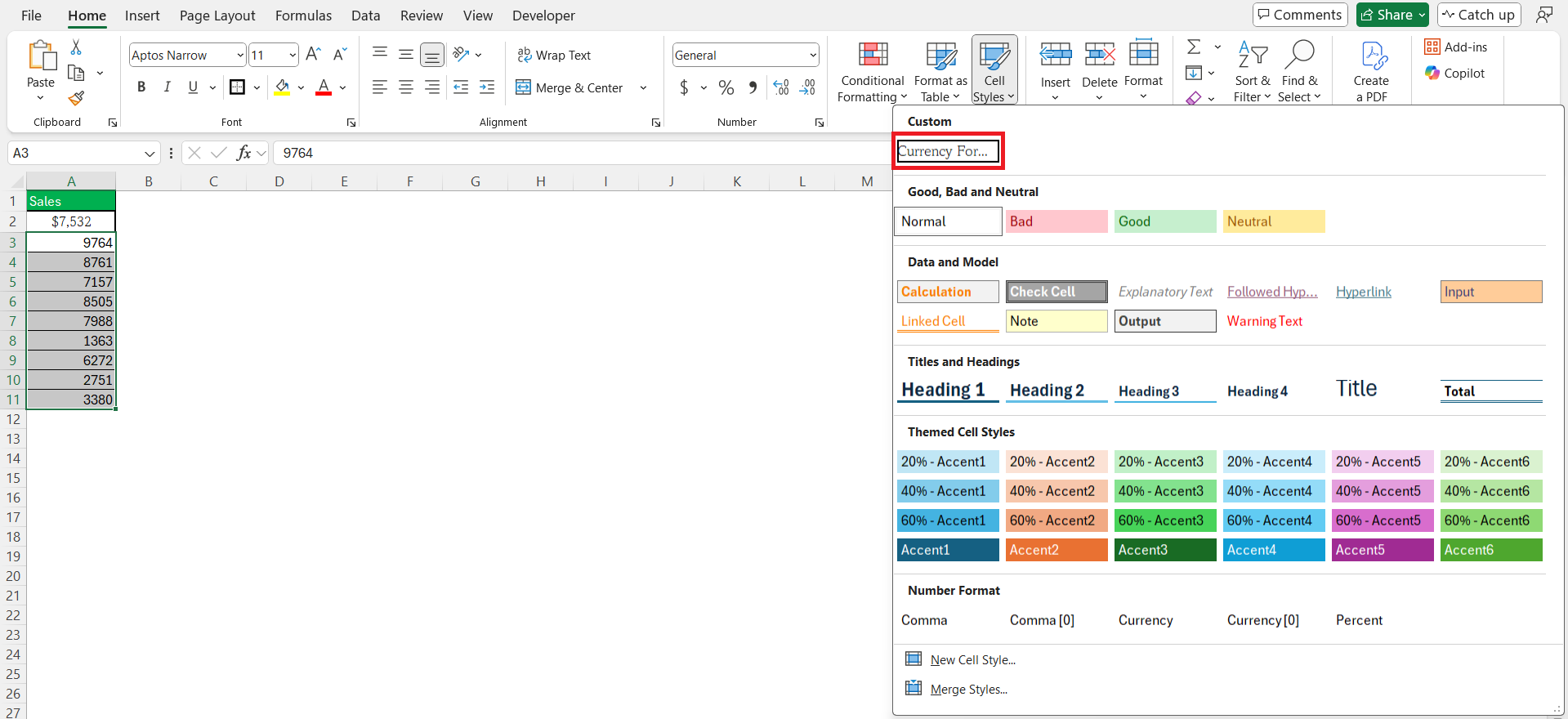Excel’s Format Painter is an invaluable tool designed to streamline the formatting process within your spreadsheets, saving both time and effort. It enables users to duplicate formatting from one part of their document to another, ensuring consistency and enhancing the visual appeal of data presentation. In professional environments where data is frequently shared and presented, maintaining uniform formatting is essential to ensuring clarity and professionalism.
In this guide, I’ll walk you through different methods to copy formatting in Excel effectively.
Key Takeaways:
- The Format Painter allows you to quickly copy and apply formatting across cells for consistency.
- You can use Paste Special, Fill Handle, and Conditional Formatting as alternatives for copying formats.
- Keyboard shortcuts like Alt + H, F, P speed up the formatting process for efficiency.
- Creating custom styles helps maintain uniform formatting across multiple workbooks.
- If formatting issues arise, undo, clear formatting, or manually adjust settings to fix them.
Table of Contents
Mastering the Basics of Excel Format Painter
What is the Excel Format Painter?
The Excel Format Painter is a feature that allows users to replicate the formatting from one cell and apply it effortlessly to other cells or ranges within a spreadsheet. This tool effectively “paints” the formatting, ensuring that font styles, alignment, colors, and borders remain consistent across different parts of your worksheet.
It is particularly useful when formatting needs to be applied quickly without manually adjusting each format setting, thereby increasing productivity and maintaining uniformity.
How to Use the Format Painter Tool
Using the Format Painter tool in Excel is a straightforward process that can significantly boost efficiency. To begin, select the cell or range that contains the desired formatting. This selection sets the template for the format you wish to copy.
Next, navigate to the Home tab on the Excel ribbon and click the Format Painter button, identifiable by its paintbrush icon.
If you intend to apply the format to a single cell or a small range, click the Format Painter once. For multiple applications, double-click the button to keep it active while you apply the format to multiple areas. Once activated, your cursor will change to a paintbrush symbol.
Simply click on a target cell or drag over a range of cells to apply the formatting. If you’ve double-clicked the tool, deactivate it by pressing ‘ESC’ or clicking the Format Painter button again.
This method allows for rapid formatting reproduction, crucial for maintaining a professional and polished appearance in your spreadsheets.
Advanced Techniques for Format Painting
Copying Formatting Using Paste Special
Another powerful method I use is the Paste Special feature, which allows me to paste only the formatting while keeping the content intact.
STEP 1: Select the formatted cell. Press Ctrl + C to copy the cell.
STEP 2: Select the destination cell or range. Right-click and choose Paste Special.
STEP 3: Select Formats and click OK.
This method ensures that only the formatting is copied, leaving the existing values unchanged.
Using Fill Handle to Copy Formatting
The Fill Handle is another handy feature in Excel. If I need to extend a format down a column or across a row, I use this method:
STEP 1: Select the formatted cell.
Hover over the bottom-right corner until the fill handle (+) appears.
STEP 2: Drag it over the range where I want to copy the formatting.
STEP 3: Click the Auto Fill Options button and choose Fill Formatting Only.
This method is especially useful when formatting multiple consecutive cells.
Using Conditional Formatting to Copy Formatting
If I want to apply dynamic formatting based on conditions, I use Conditional Formatting instead of manually copying formats. Here’s what I do:
STEP 1: Select the cell with the desired conditional formatting. Go to the Home tab and click Conditional Formatting > Manage Rules.
STEP 2: Select the rule and change the applies to range to include other cells.
STEP 3: Click Apply to apply the formatting.
This approach ensures that my formatting updates automatically when the data changes.
Shortcut Strategies for Quick Formatting
Keyboard Shortcuts to Speed Up Your Workflow
Excel offers a suite of keyboard shortcuts designed to accelerate your workflow, especially when it comes to formatting tasks. For rapid format replication, the Format Painter can be activated using keyboard shortcuts. Start by selecting the cell with formatting you wish to copy. Press Alt, followed by H to navigate to the Home tab. Then press F and P sequentially to activate the Format Painter.
For quick cell formatting, employ the Ctrl + D shortcut to copy formatting downwards. Select the formatted cell and highlight the target cells below, then press Ctrl + D to apply the format down the column. For horizontal formatting, the Ctrl + R shortcut performs a similar function, copying formats to the right across a row.
These keyboard shortcuts allow users to handle repetitive formatting tasks with precision and speed, enhancing productivity in data management. The combination of Format Painter commands and basic copying shortcuts establishes a robust foundation for efficient spreadsheet management.
Creating Custom Styles for Repeated Use
Creating custom styles in Excel is an excellent strategy for ensuring consistent formatting across multiple workbooks or projects. It allows you to save a set of formatting choices–such as font type, size, color, and border settings–and apply them with a single click.
To create a custom style, follow these steps:
STEP 1: Format a cell with the specific attributes you want to save. This might include font customization, alignment options, fill color, and border styles.
STEP 2: Go to the Home tab on the Excel ribbon and click on the Cell Styles dropdown menu. Select ‘New Cell Style’ from the available options.
STEP 3: In the Style dialog box, give your new style a descriptive name that reflects its purpose or design, and click ‘Format’ to confirm the formatting elements you’d like to include.
STEP 4: Click ‘OK’ to save the new style.
This custom style will now appear in the Cell Styles gallery and can be used in any workbook. For repeated use, simply select your target cells, open the Cell Styles menu, and choose your saved style.
This approach not only saves time but also ensures a uniform appearance across documents, crucial for maintaining a professional output and easing collaborative efforts where multiple users handle data presentation.
Troubleshooting Common Format Painter Issues
When the Format Painter Doesn’t Work as Expected
When the Format Painter doesn’t behave as anticipated, it’s essential to identify the cause to rectify the issue efficiently. One common challenge occurs when the Format Painter applies more formatting than intended, such as both font styles and borders, when only colors are desired. This is because the tool transfers all formatting attributes of the source cell by default.
Another problem arises when users attempt to apply formatting to a different type of content. For example, applying a numeric format to text data can lead to unexpected results due to mismatched content types.
To mitigate these issues, consider using the Paste Special feature, which allows for selective formatting application. Double-check the type of content in target cells to ensure compatibility with the source formatting. If persistent issues arise, resetting the cell styles or manually adjusting individual attributes may be necessary. Regularly checking these potential pitfalls can maintain the tool’s efficacy, ensuring it aligns with your formatting objectives.
Fixing Misapplied Formats
If formats are misapplied using the Format Painter, there are several strategies to resolve these discrepancies and restore your spreadsheet to its intended appearance.
- Undo the Mistake: The simplest solution is to use the Undo command. Press Ctrl + Z immediately after the error occurs to revert changes.
- Clear Formatting: Select the erroneous cells, go to the Home tab, and click on ‘Clear’ in the Editing group. Choose ‘Clear Formats’ to remove all formatting and restore the cell content to its default style.
- Manual Corrections: Adjust individual formatting attributes such as font, color, or number format directly in the cells to suit your requirements. This method is useful when only small tweaks are needed.
- Reapply Correct Format: Use the Format Painter again, ensuring you select a source cell that truly represents your desired formatting.
These methods allow for flexible corrections, ensuring that even if formats go astray, your data presentation can quickly return to its optimal form without excessive effort.
FAQs
What is the format painter?
The Format Painter is a tool in Excel used to copy and apply formatting from one cell to others. It replicates all formatting attributes, such as font, color, and borders, ensuring consistent presentation throughout your spreadsheet.
Can I use Format Painter on entire workbooks?
No, the Format Painter cannot directly apply formatting to an entire workbook at once. It works within individual sheets, requiring manual application to each sheet if workbook-wide consistency is needed.
How does the Format Painter differ from Fill Handle?
The Format Painter copies all formatting attributes from a source cell and applies them to other cells. In contrast, the Fill Handle extends data, formulas, or patterns across adjacent cells, and can copy only the formatting if specified, but not by default.
Is there a limit to how many cells I can copy formatting to?
No, there isn’t a set limit on the number of cells you can copy formatting to with the Format Painter. You can apply the formatting to as many cells as needed, either by dragging or repeatedly clicking when the tool is active.
What is the shortcut to copy the same format in Excel?
In Excel, you can use the keyboard shortcut Alt + H, F, P to activate the Format Painter. This allows you to copy the formatting from one cell and apply it to others efficiently.
John Michaloudis is a former accountant and finance analyst at General Electric, a Microsoft MVP since 2020, an Amazon #1 bestselling author of 4 Microsoft Excel books and teacher of Microsoft Excel & Office over at his flagship MyExcelOnline Academy Online Course.

